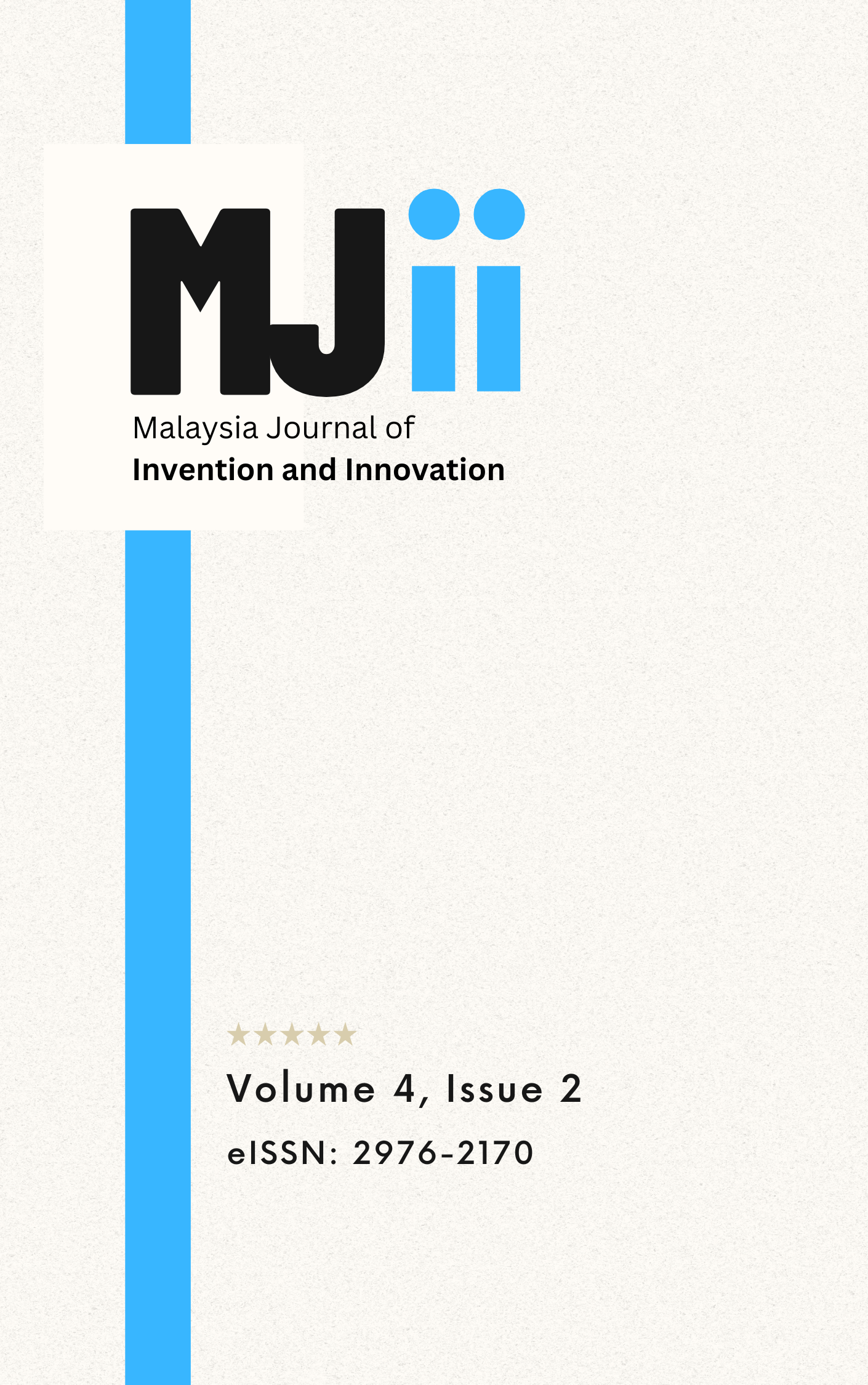Smart Lavabo
DOI:
https://doi.org/10.64382/mjii.v4i2.81Abstract
Smart Lavabo is an innovative product design developed through research based on unintended human behaviour (UHB) in daily activities. In design ideation activities, empirical studies have found that designers and researchers pay less attention to UHB than creativity and intention. However, scholars agree that UHB has value and potential that designers can explore using the right strategies. Every day, humans interact with products and use them beyond their original function unintendedly, either for convenience or for a specific purpose. For instance, there are individuals who use the washbasin as a tool and facility to "bath their babies.". Through the survey conducted, factors such as psychology, environment, economy, and product characteristics were identified to affect people. In addition, users often face issues such as the lack of baby-friendly facilities and the inability to support appropriate functions when needed, especially in R&R areas, hotels, shopping malls, and hospitals. To address this weakness, the concept of unintended behaviour design (UBD) was developed using the hermeneutic circle model to assist designers in creating new product concepts. The method used in the production of this project includes four phases: idea development, concept development, digitisation, and the modelling process. The concept of UBD increases the parameters of the designer's design thinking by benefiting the consumer, the hygiene industry, the tourism sector, and human well-being. The discovery of the innovative product concept clearly provides comfort to users and reduces the risk to their babies when using the Smart Lavabo.
Downloads
Published
Issue
Section
License
Copyright (c) 2025 Zulkarnian Hassan, Shahriman Zainal Abidin, Rusmadiah Anwar, Verly Veto Vermol

This work is licensed under a Creative Commons Attribution 4.0 International License.
The authors of MJII retain copyright to the content of the articles.
The content is published under the Creative Commons Attribution (CC BY) 4.0 which allows content to be copied, adapted, displayed, distributed, republished, or otherwise re-used for any purpose, including for adaptation and commercial use provided the content is attributed without any restriction.
Authors Rights
The Journal grants you the following non-exclusive rights, subject to giving propoer acknowledgement to the original journal. The authors may:
(i) to reprint or reproduce the contribution, in whole or in part, in any publication of your interest.
(ii) to use material for teaching purposes; including availability of the matarial in academic course.
(iii) to post a copy of the contribution on your personal or institutional web server, provided that the server is non-commercial and there are no charges for access, and
(iv) to deposit a copy of the contribution in a non-commercial data repository maintained by an institution of which you are a member.
Author's Agreement
Author(s) guarantee the journal the following:
(i) that the contribution is their original work;
(ii) that it contains, no matter what, content that is defamatory or is otherwise unlawful or which invades rights of privacy or publicity or infringes any proprietary rights (including copyright);
(iii) that the contribution has not been published elsewhere in whole or in part and that no agreement to publish is outstanding other than this agreement. Author(s) agree to be responsible and hold the journal, its editors, staff and affiliate organizations harmless against any claims arising from or related to the breach or inaccuracy of any of the guarantees listed above.
Disclaimer
The editorial team of the MJII and the publication team of Academica Press Solutions share no responsibility regarding the views and opinions expressed by the authors.
The content published in MJII is Open Access and can be shared, adapted, reproduced, reprinted, after appropriate acknowledgment and giving due credit to the author(s) work.


